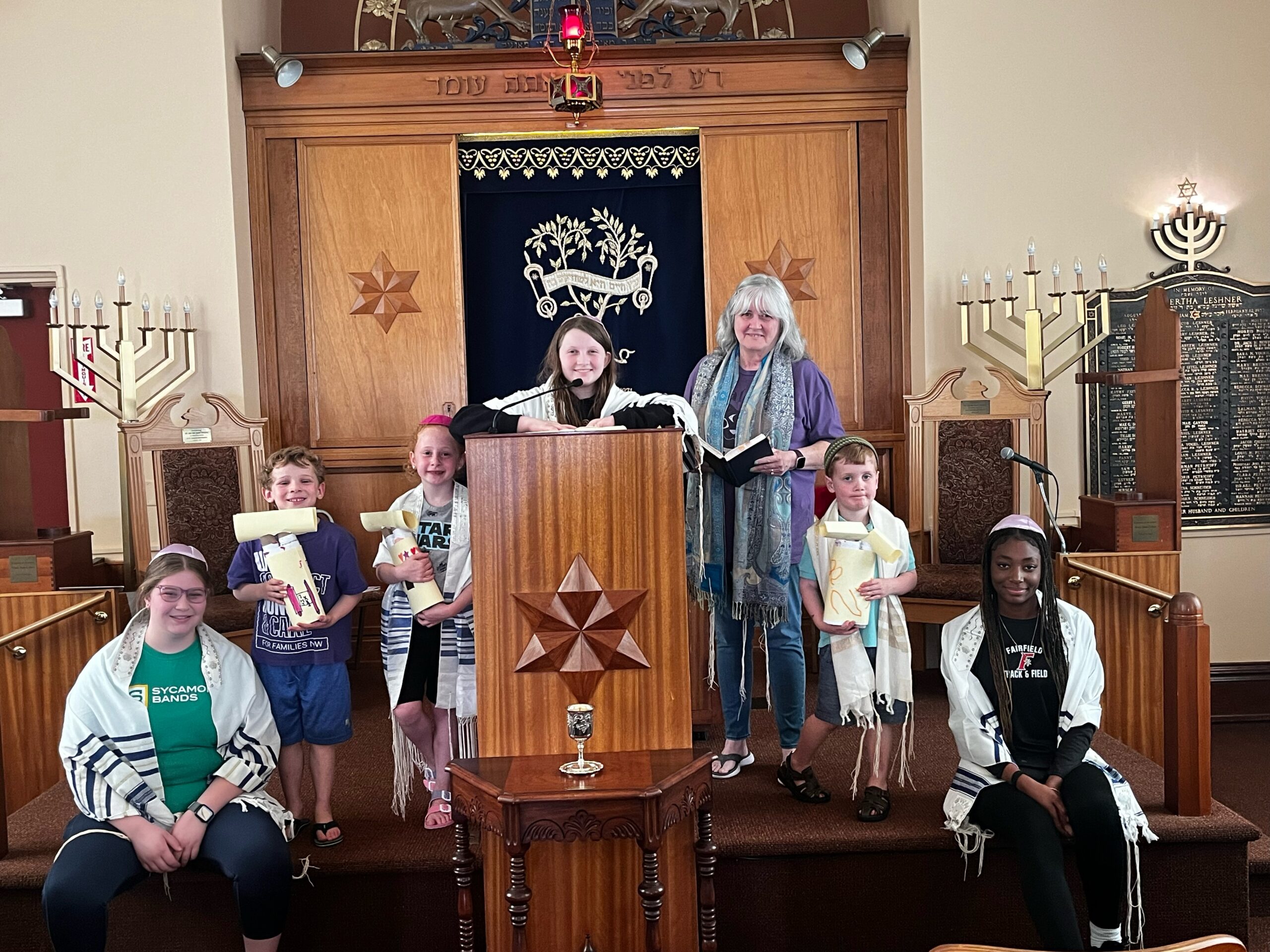Submitted by Skirball Museum
In conjunction with its current exhibition, “The Guiding Hand: The Barr Foundation Collection of Torah Pointers,” the Skirball Museum is offering a workshop on Sunday, May 5, from 10:30 a.m. to 1 p.m. for adults and young people 14 and older. Pre-registration is required.
The Make Your Own Yad workshop will be conducted by Cincinnati artist Judith Serling-Sturm. A Torah pointer is often called a yad, the Hebrew word for hand, because a pointing finger was characteristically a prominent feature of early examples. Serling-Sturm, who works in her Pendelton Arts Center Studio, is a mixed-media artist and maker of artist books, handmade blank books, as well as sculpture and one-of-a-kind mezuzot made from natural elements and found objects. A mezuzah is a vessel containing a scroll that is traditionally hung on the doorpost of a Jewish home. Serling-Sturm has conducted workshops for adults and teens throughout the Cincinnati region. The workshop will include a guided tour of the exhibition with curatorial consultant Abby Schwartz.
Pointers are tools exclusively used to keep one’s place in the Torah scroll, the central text of the Jewish faith, which is densely hand-written in Hebrew. The yad also assists in protecting the integrity of the quilled letters and the delicate vellum of the Torah scroll. For hundreds of years, Jews used simple tapered wooden sticks to point the way through the text of the Torah, or Five Books of Moses, the central text of the Jewish faith.
Virginia resident Clay H. Barr began acquiring Torah pointers nearly 30 years ago in memory of her late husband, Jay D. A. Barr. Her collection of more than 150 Torah pointers includes antique and contemporary examples that represent the full range of elaborate historic forms. Barr’s yads, 130 of which are on view in this exhibition, range in length from a few inches to nearly two feet. While some are made from traditional materials such as wood, silver, gold, or ivory and date to the 18th century, Barr has reached beyond Jewish artisans to commission Torah pointers from artists who fashioned them from Lucite, glass, beading, concrete, and even a skateboard among other unconventional materials.
To register for this program, call, email, or visit the Skirball Museum website.





